
什么是冷钱包,它是如何工作的?
加密货币的世界发展迅速——市场对新闻做出即时反应,每个月几乎都有新技术出现,巨额资金瞬间交换手。但随着这些激动人心的变化,现实中的安全风险也随之而来。不管变化有多快,有一点是明确的:保护加密资产的安全是您的责任,您肯定希望将它们从黑客的视线中保护起来。
冷钱包就像是您数字货币的保险箱——它完全离线,从不连接互联网或与智能合约交互。这种离线设置使其非常安全,能够抵御在线威胁。在本文中,我们将深入探讨冷钱包是什么,它如何工作,如何设置,以及2024年最受欢迎的冷钱包选择,以确保您的加密货币安全无忧。
什么是冷存储钱包?
冷存储钱包是一种高度安全的加密货币钱包,它将您的私钥离线存储,远离潜在的在线威胁。与热钱包不同,热钱包连接到互联网,更容易受到黑客攻击,冷钱包通过将您的数字资产完全离线存储,提供了一层额外的保护。
冷钱包主要有两种形式:
- 硬件钱包:是一种物理设备,旨在安全地存储您的私钥。您可以通过暂时将设备连接到计算机或移动设备来进行交易,但私钥始终保存在设备内。
- 纸钱包:是一种更简单的选项,您的私钥和公钥会打印或写在纸上。这种钱包完全离线,非常安全,但需要小心存储以防止物理损坏或丢失。
冷存储钱包是长期存储加密货币的理想选择,特别是当您持有大量加密货币或不需要频繁访问资金时。
冷钱包如何工作?
冷钱包通过将您的数据安全地存储在离线状态下工作,这也是它高度安全性的一个因素。以下是冷钱包的工作过程:
- 密钥生成:设置冷钱包时,它会生成一对加密密钥——一个公钥和一个私钥。公钥用于接收加密货币,也称为钱包地址,而私钥用于访问它。重要的是,这个私钥在冷钱包内部生成并存储,完全与任何在线环境隔离。
- 签名交易:当您想发送加密货币时,首先在在线设备(如计算机或智能手机)上创建交易请求。然后,通过USB、二维码或其他方法将请求传输到冷钱包,具体取决于使用的方法(硬件或纸钱包)。冷钱包使用它的私钥在内部签署交易。
- 广播交易:交易签署后,数据被传输回在线设备。在线设备随后将交易广播到区块链网络。
- 交易确认:广播后,交易会由区块链网络处理。然后,您可以在监控设备上检查数据,以确保交易已成功完成。
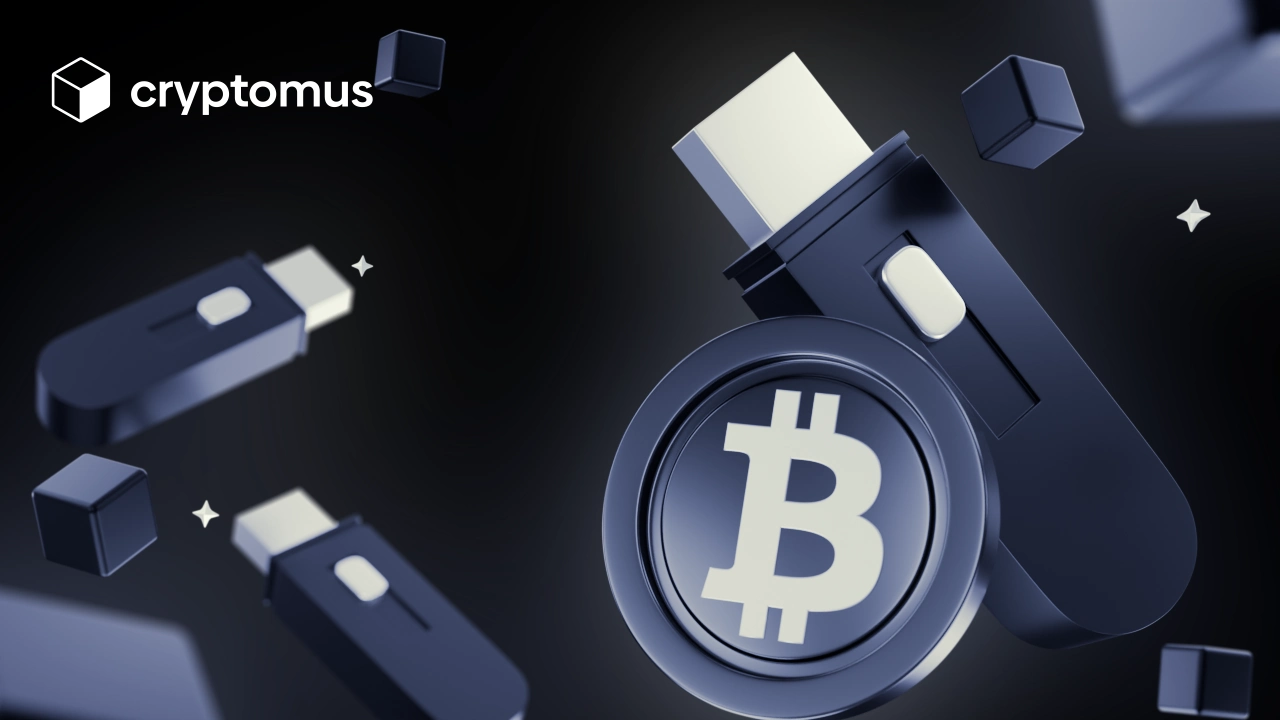
如何设置冷钱包?
设置冷钱包是保护您加密货币的一个重要步骤。无论您选择硬件钱包还是纸钱包,设置过程都不复杂。
1. 购买或创建您的冷钱包:
您可以购买一个信誉良好的硬件钱包,或者使用可信的离线生成器创建纸钱包。我们将在本指南后面讨论最佳硬件钱包选项,帮助您做出明智选择。
2. 设置钱包:
- 硬件钱包:按照制造商的说明设置设备。在设置过程中,钱包会生成一对加密密钥,并提供给您一个恢复短语(通常是12到24个单词)。将这个短语写下来并保存在安全的地方,因为它对于在设备丢失或损坏时恢复资产至关重要。
- 纸钱包:使用离线生成器创建您的密钥。将公钥和私钥打印或写在纸上。确保纸张存放安全,以防丢失或损坏。
3. 安装配套软件(适用于硬件钱包):在您的计算机或移动设备上安装配套应用。该应用将允许您管理您的加密货币、检查余额并签署交易。
完成这些步骤后,您的冷钱包将设置好,并准备好安全地将您的加密货币离线存储。
如何将加密货币转移到冷钱包?
一旦您的冷钱包设置完毕,转移加密货币就是确保资产安全的下一步。以下是如何进行操作:
1. 生成接收地址:
- 将硬件钱包连接到计算机或移动设备,打开配套应用,或使用纸钱包上显示的公钥。
- 选择您想转移的加密货币,并生成接收地址。
2. 发起转账:
- 打开您的当前钱包(例如热钱包或交易所账户),进入“发送”部分。
- 将您的冷钱包接收地址粘贴到指定字段中。
- 输入您想转移的加密货币金额,然后确认交易。
3. 验证转账:
检查您的硬件钱包或配套应用,确认资金已接收,或使用区块链浏览器验证交易是否已完成,资金是否已安全存储在纸钱包中。
2024年最佳冷钱包
选择最佳冷钱包取决于您的需求,例如您持有的加密货币种类和您偏好的功能。以下是2024年一些顶级冷钱包:
1. Ledger Nano X
Ledger Nano X是领先的硬件钱包,以其强大的安全功能和蓝牙连接性著称。它允许您在保持私钥离线的同时,轻松无线管理您的资产。它支持广泛的加密货币,并通过其配套应用提供用户友好的界面。
2. Trezor Model T
Trezor Model T是另一个顶级选择,提供先进的安全协议和触摸屏界面。此硬件钱包支持众多加密货币,并提供无缝的用户体验,使得管理和保护资产变得轻松。
3. Coldcard Wallet
Coldcard Wallet专为比特币设计,具有高安全标准,并专注于离线保护。它包括先进的功能,如安全元件和多层保护,以保障您的比特币资产。
常见问题
我可以在冷钱包中进行加密货币质押吗?
质押通常需要与区块链进行在线连接和验证交易。因此,冷钱包不适合直接质押。不过,您可以将加密货币转移到热钱包进行质押,然后再将其转回冷钱包以确保安全存储。
哪种冷钱包支持最多的加密货币?
在冷钱包中,Ledger Nano X和Trezor Model T以广泛支持各种加密货币而闻名。它们提供与多个数字资产的兼容性,成为多样化投资组合用户的理想选择。
如果我丢失了我的冷钱包怎么办?
如果您丢失了硬件钱包,但有备份短语,您可以使用新硬件钱包恢复访问您的资金。如果没有备份短语,您将无法访问加密资金,因为私钥只存储在丢失的设备上。
丢失纸钱包的后果更加严重。如果丢失了纸上写有密钥的纸张,且没有备份副本,您将完全失去对加密货币的访问。因此,保持纸钱包的多个副本并存放在不同的安全地方非常重要,以防物理损坏或丢失。
在这两种情况下,缺乏备份信息或备份副本可能导致加密货币无法恢复。
如果我的冷钱包损坏了怎么办?
如果硬件钱包损坏或停止工作,只要您有恢复短语,仍然可以恢复资金。如果没有恢复短语,您将无法访问您的加密货币,因为私钥只存储在损坏的设备上。
如果纸钱包受损或破损,您可能无法访问资金。与硬件钱包不同,纸钱包无法恢复访问。因此,存储纸钱包时必须确保它们处于受保护的环境中,并保留多个副本以防止物理损坏造成的丢失。
冷钱包通过将私钥离线并远离在线威胁提供了无与伦比的安全性。通过遵循正确的设置和转移程序,您可以确保您的数字资产保持安全。
感谢您阅读关于冷钱包的指南。希望您能找到有用和有益的信息!
给文章评分
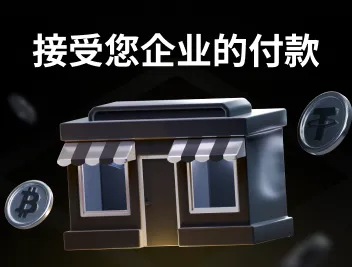
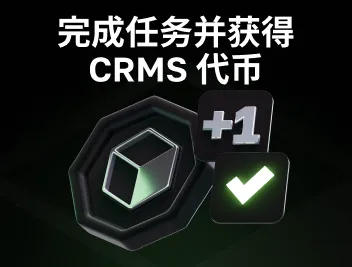
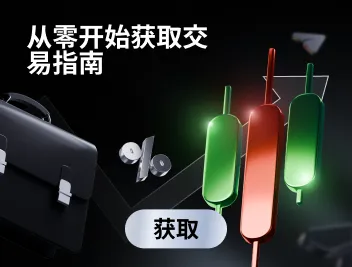



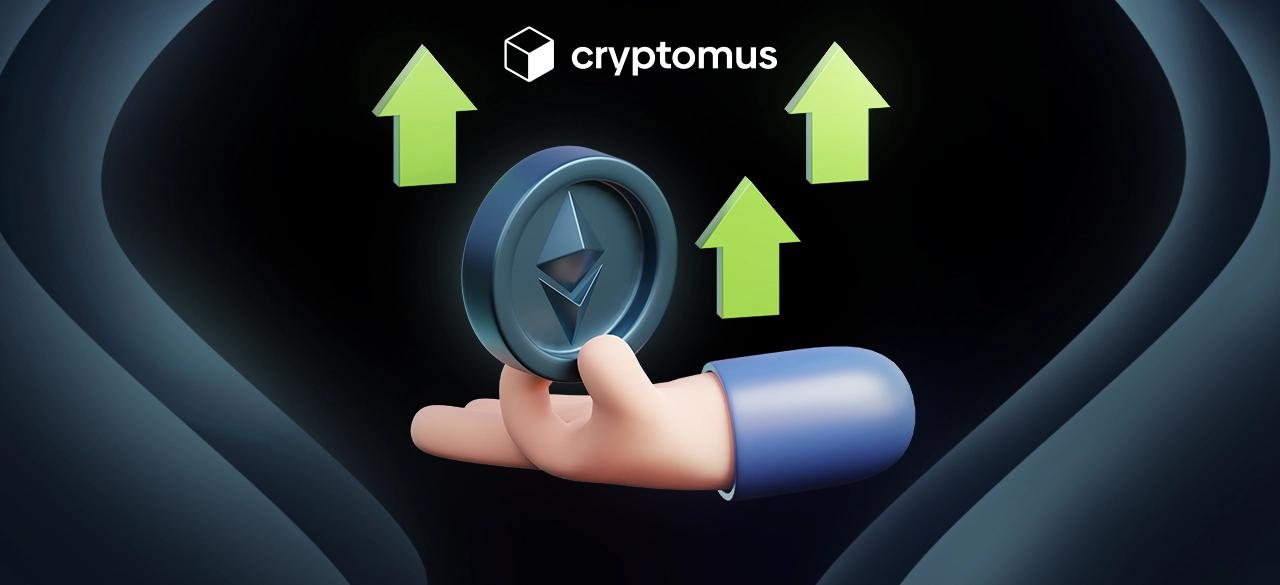
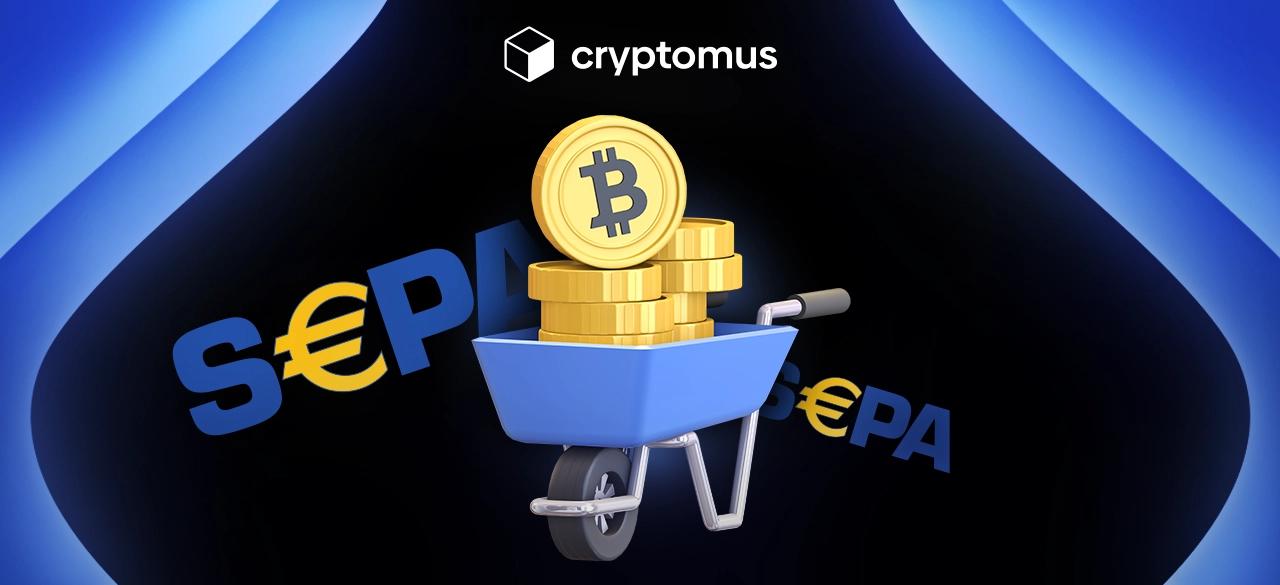
评论
0
您必须登录后才能发表评论